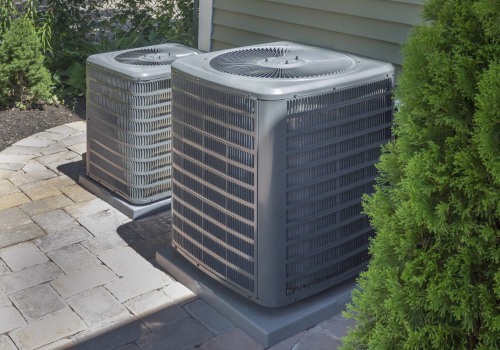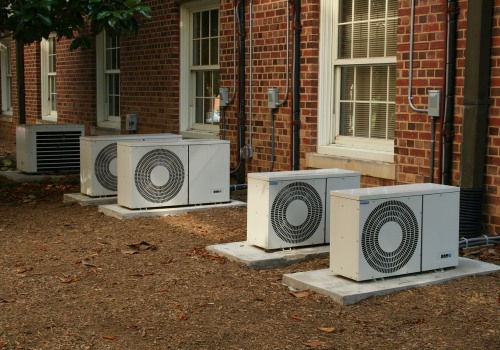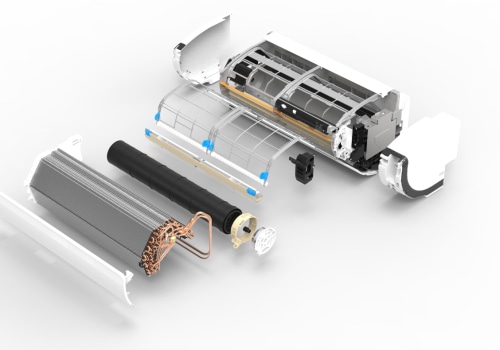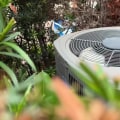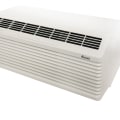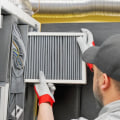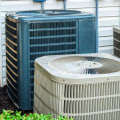The heating element of a residential air conditioning system is typically composed of a furnace or boiler. The ventilation component of an HVAC system is responsible for circulating hot or cold air in and out of your home. This part of the heating, ventilation, and air conditioning system is what cools the air inside your home. The main unit of an HVAC system includes the air conditioner, heat pump, or oven. These are the parts where the heating and cooling of your home takes place.
However, they do this with the help of other internal and external mechanics. Modern homes rely on air conditioning systems to maintain comfort and indoor air quality during seasonal changes. But what exactly is air conditioning? The acronym stands for “heating, ventilation and air conditioning” (HVAC).Gaining a better understanding of these three components of the HVAC system can help you enjoy a healthier and more comfortable living environment. The evaporator coil absorbs heat from the warm indoor air so that it can be cooled with refrigerant and distributed through the air conditioner.
It converts liquid refrigerant into gas or vapor and is essential to the heat exchange process. If an evaporator is frozen, damaged, or dirty, an HVAC system can stop heating and cooling or work hard to produce poor results. Ultimately, this wears out the entire unit and causes more breakdowns and system failures. There are four main components of an air conditioning system: the evaporator, the condenser, the compressor, and the expansion valve. Each of these air conditioner components works synchronously with each other and has a specific function: to keep the air conditioner working like a well-oiled machine. As you can probably guess, that part is the compressor.
It is true that the compressor is the “heart” of air conditioning and does most of the work. However, it's important to remember that many system problems do not originate from the compressor. When a premature compressor failure occurs, it often means that there is another problem that has gone unnoticed. The air conditioning in a commercial HVAC system is very similar to that of a residential unit. Its purpose is to dehumidify the air and remove heat.
It's important to remember that the air conditioner itself does not cool the building, but works with many other subsystems to regulate temperature. The condenser is the heat exchanger that serves as the hot side of the air conditioning unit. It removes heat from the building and transfers it to the outside. The gaseous refrigerant is then converted to liquid refrigerant. A heat pump can also have a condenser, in which case it works to collect heat from the outside.
The expansion valve is an essential part of the condenser's function. It removes pressure from the liquid refrigerant to cause expansion, converting it from liquid to vapor. The expansion valve provides precise control of the flow of refrigerant to the evaporator coil. Of all the different parts of an air handler, the evaporator coil is most likely to need maintenance or replacement. The evaporator coil contains cold refrigerant received from the compressor. As air from a fan moves over the coil, heat is removed from the air in a treated area.
Chillers come in both air-cooled and water-cooled varieties. Its function is to remove heat from liquid circulating through pipes in a structure. In an air-cooled chiller, condenser coils are cooled with air driven by a fan, usually located outdoors. The heat generator is key when it comes to heating in an HVAC system. What happens in these devices is energy extraction from fuel inside a furnace (also known as a combustion chamber).
Hot flue gases will then heat either air or other fluid (such as water), which will then heat up air entering a conditioned environment. Electrical heat generation could also be used for heating up an air conditioner. While there can be various options for heat generators, furnaces are most common forms; therefore, combustion efficiency for resource control and emission of contaminants for environmental reasons related to these components of an HVAC system should be taken into account. Since most heat generators burn fuel as an energy source, some safety considerations must be taken into account. This is because combustion systems operate mainly with excess air to lower combustion temperature and therefore produce fewer NOx emissions; thus carbon monoxide would be one of reaction products. Therefore, safety problems for heat exchangers could arise due to leakage of carbon dioxide into passing through flue gas tubes. CO is colorless and odorless gas which can cause headache, dizziness, nausea and even death at high levels; therefore detectors must also be arranged for controlling such leaks.
One of components of an air conditioning system called fan passes air through heat exchanger into duct carrying hot air to its destination. The fan is driven by electric motor through shaft; airflow can be adjusted by modifying engine speed. Such motors must be variable speed type; variable speed motor blowers will reach higher speeds incrementally thus reducing amount of noise when smaller amount of airflow required. This gradual increase in speed would also decrease wear and tear on rotating parts in addition to reducing energy consumption of unit; thus operating and maintenance costs would be lower for this type blowers. One important component of an air conditioning system is compressor or condenser coil usually placed outside; hot refrigerant gas carried to compressor dissipates heat into outside environment passing into its liquid form; this liquid refrigerant then carried to evaporator coil through copper or aluminum tubing. A crucial part of any HVAC system is understanding how all its components work together in order to provide efficient heating and cooling solutions for your home or business premises. Knowing how each component functions will help you identify any potential issues before they become serious problems. It's important to remember that regular maintenance on your HVAC system will help keep it running smoothly for years to come. Regularly checking all components for signs of wear or damage will help you avoid costly repairs down the line.


